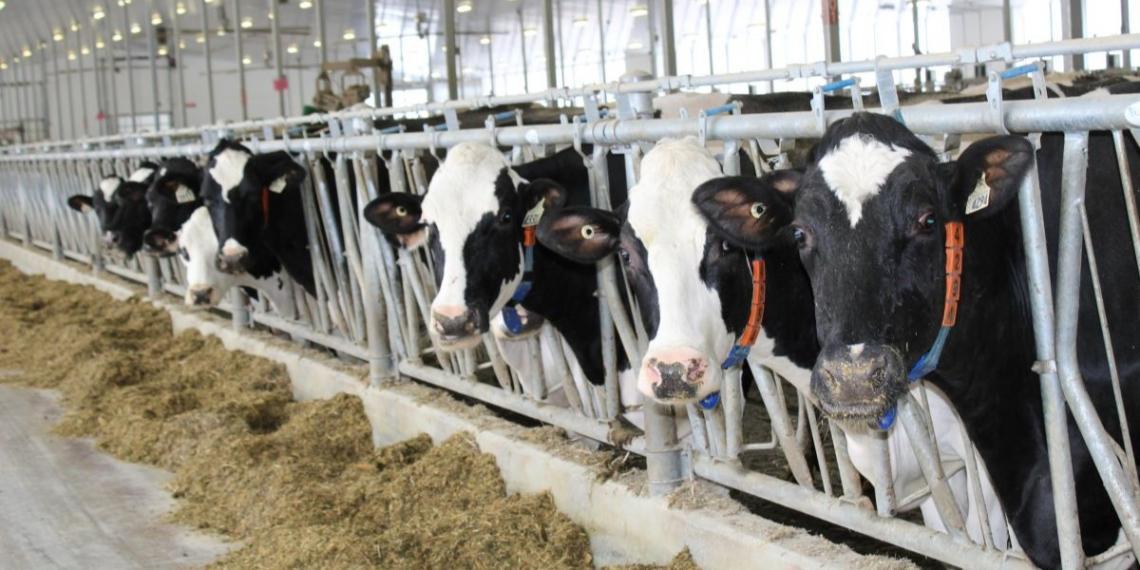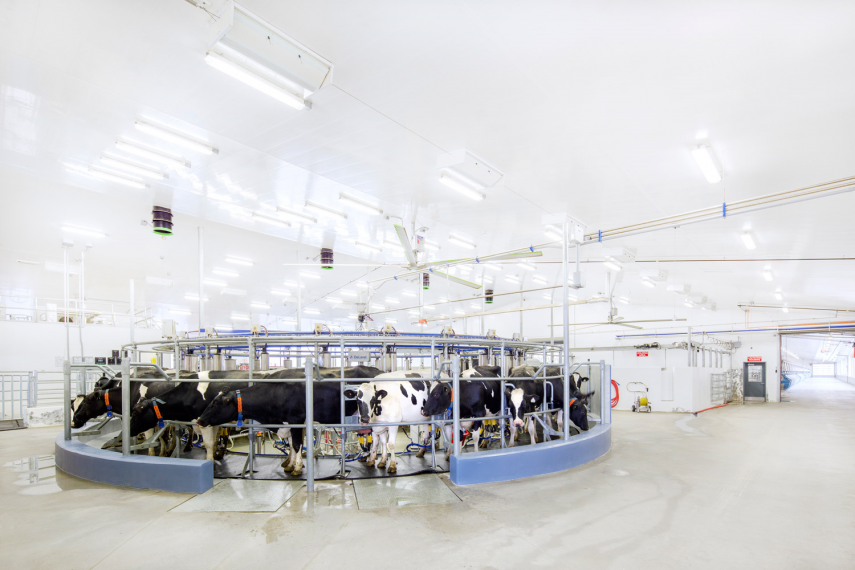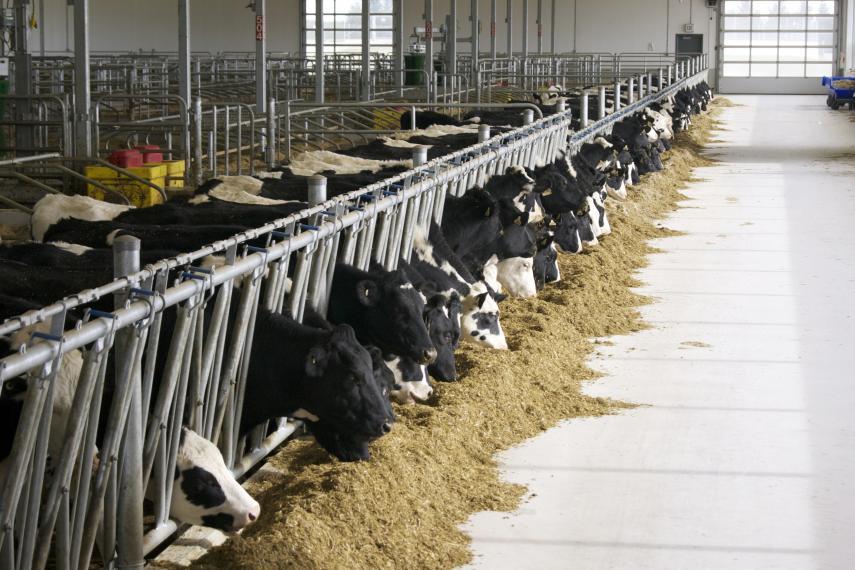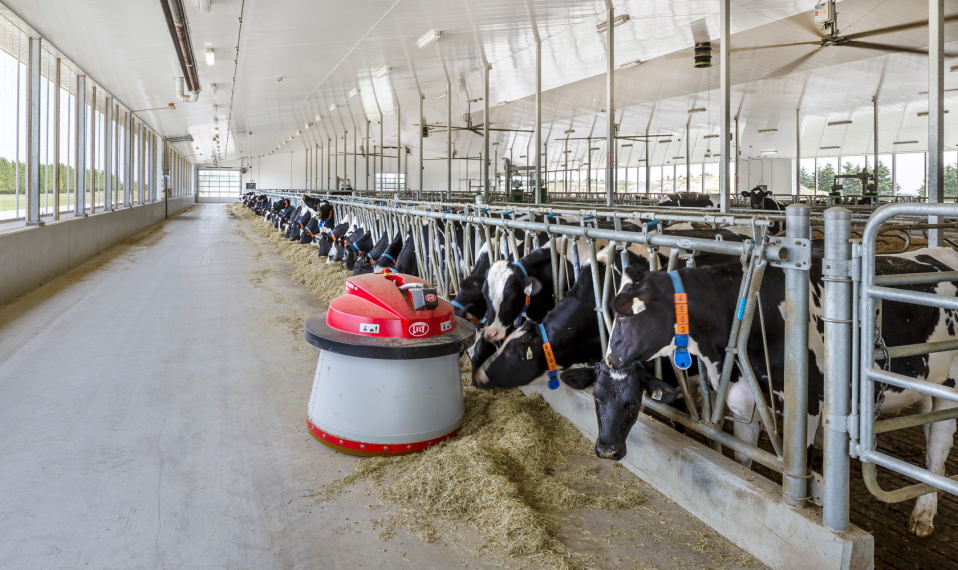
Alliance research impact: Continuing the feed culled dairy cows could deliver a 2:1 return for producers
Every year, Canadian dairy farmers turn over about one-third of the cows in their milking herd. Dr. Todd Duffield’s interest in cull cows – or “market” cows as he calls them – was sparked several years ago while working as a provincial veterinary inspector and visiting local auction marts in Ontario.


